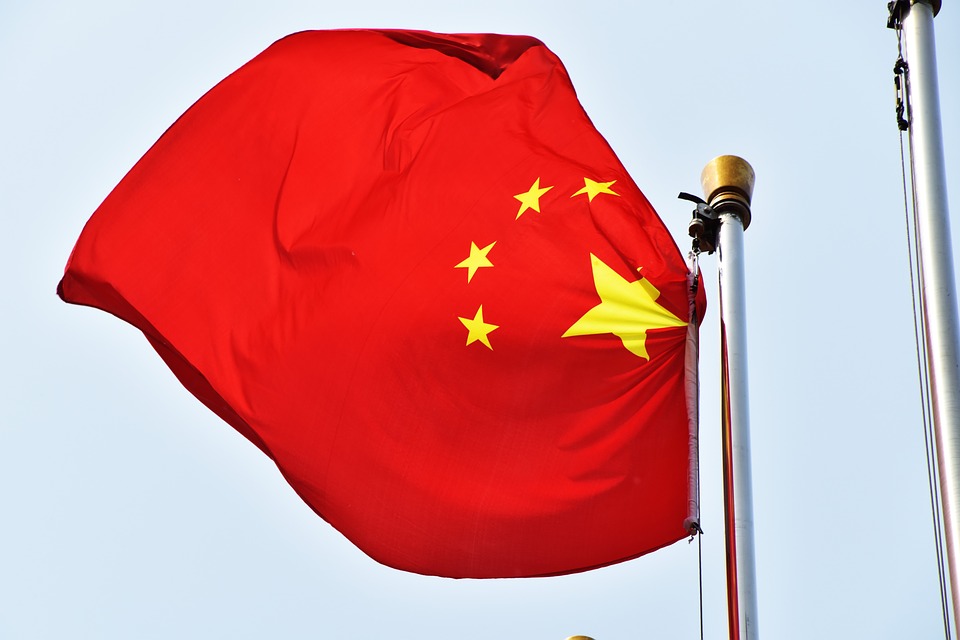News
Foreign journos lauded for promoting China’s public diplomacy work

Established in 2012, CPDA is a nationwide, non-profit organization aimed at mobilizing social resources and making the best use of people-to-people international exchanges to enhance mutual understanding and friendship between China and the rest of the world (Pixabay photo)
BEIJING — Forty-two foreign journalists rendered a medley of Chinese songs while waving their respective national flags to formally end a 10-month China development study and media exchange program organized by China Public Diplomacy Association (CPDA).
CPDA vice president Hu Zhengyue lauded the journalists from Africa and Asia for their valuable contribution in enhancing mutual understanding and friendship between China and their respective countries.
“I want to express my heartfelt thanks to all of you,” Hu said in his speech during the recent joint closing ceremony attended by some members of the diplomatic corps, Chinese media, academics and think tanks in Beijing.
Hu called on the 42 journalists to give attention on China as it aspires for a moderately prosperous society by 2022 and a modern socialist society in 2049 by pushing the Belt and Road Initiative.
“We hope you will continue to pay attention to China in the future, continue to pay attention to bilateral contacts and continue to pay attention to the regional cooperation, especially the process of building the Belt and Road,” he said.
Established in 2012, CPDA is a nationwide, non-profit organization aimed at mobilizing social resources and making the best use of people-to-people international exchanges to enhance mutual understanding and friendship between China and the rest of the world.
CPDA has actually formed three press centers this year but unlike the China-Africa Press Center (CAPC) and China-South Asia and Southeast Asia Press Center (CSASEAPC), China-Latin America Press Center (CLAPC) stayed only from May to September.
It was a fruitful and enriching 10-month journey that brought 27 CAPC and 15 CSASEAPC journalists to different Chinese provinces and major cities like Shanghai, Tianjin and Beijing.
The journalists covered big local and international events like the once-in-five years 19th National Congress of Communist Party of China and the first Belt and Road Forum for International Cooperation attended by 29 government leaders and heads of state.
They also covered ‘lianghui’ or the annual two sessions — 12th National People’s Congress (NPC) and 12th National Committee — of the Chinese People’s Political Consultative Conference (CPPCC), the country’s legislature and top political advisory body, respectively.
The two press centers along with 11 CLAPC journalists also went to Xiamen City last September for the 9th BRICS (Brazil, Russia, India, China & South Africa) Summit.
China also brought journalists to Hainan to cover the Boao Forum for Asia in March and the Belt and Media Cooperation Forum held at Dunhuang, Gansu in September.
Renmin University of China had provided a series of lectures on Chinese politics, economy, poverty alleviation, media, social, culture, and its emerging role in global governance.
Beijing International Chinese College, on the other hand, taught them basic Chinese language and better understanding of the diversified and rich Chinese cultures.
Journalists commended China for giving them the opportunity to explore different beautiful places including famous tourist spots like the magnificent Yangtze river and three UNESCO-enshrined Mogao, Longmen and Yungang grottoes.
“It is difficult to summarize the stories from all the tours,” Raza Muhammad, reporter of Pakistan’s Dawn News, said.
Narendra Apurva Vaidyanathapura of India Express said he felt 10 months are not enough to fully experience and understand China particularly its people and culture.
“These 10 months have also helped me learn a lot about other countries in the region from Laos, Thailand and the Philippines to Pakistan, Bangladesh and Sri Lanka,” Vaidyanathapura said.
Others praised China for lifting over 700 million of its people out of poverty and its miraculous rise as the world’s second largest economy in a span of only three decades.
The cross-mountain and underwater tunnels, subways, massive road networks, airports, high speed trains, skyscrapers and bridges are proofs of China’s rapid development.
Muhammad Zamir Assadi of Independence News Pakistan described the Belt and Road Initiative as a game changer that will benefit 4.4 billion people in Asia, Europe, Africa and Latin America.
Jay Prakash Pandey of India’s Amar Ujala said he enjoyed so much Chinese cuisine especially Sichuan hot-pot, while Aminath Ibrahim of Maldives’ Avas Online said coming to China was a dream come true.
Zaw Ye Aung of Myanmar’s TV Skynet and Latsaphao Khonesavanh of Vientiane Times thanked China for great opportunities to be part of the CPDA media exchange program that gave journalists opportunities to build ties with their Chinese counterparts.
Kimeng Hilton Nadukong of Cameroon Tribune delivered the closing ceremony speech on behalf of CPAC, while Jelly Musico of the Philippine News Agency represented CSASEAPC.
Both journalists urged their colleagues to write stories that will enhance mutual understanding and develop stronger cooperation among countries along the Belt and Road.























